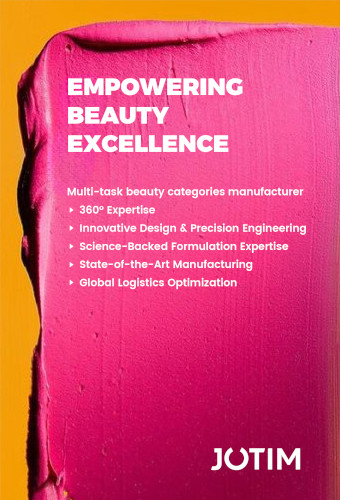A few days before the November lockdown in France, Clarins launched a first virtual store before spreading the concept across Asia and in Dubai. In just a few clicks, web users are immersed in the brand’s world, surfing as they wish, just like they would in a physical store.
Enriching the online experience

“With virtual stores, it is possible to create experiences much more focused on strolling and discovery than standard e-shop product displays. Users rediscover the pleasure of walking around, and there is a form of sensoriality, with a notion of volumes, textures, and materials. In addition, you get to be more active and satisfy your curiosity as you discover the store’s different departments, just like in a shop,” says Laure Braive, an independent consultant specialized in customer experience and marketing content.
Just like with the brand’s new flagship store in Neuilly-sur-Seine, west of Paris, the objective is indeed to highlight proximity by creating tailor-made user-friendly spaces. Clarins learnt from the pop-up store in which they invited customers to share expectations for this future store and new merchandising. Deploying this new concept in the virtual store before physical stores is also an opportunity to test it.
One can discover the Skin Atelier, get informed about the ingredients used in Clarins formulas, by clicking on the plant wall, get a beauty consultation, test a lipstick in augmented reality, or purchase one of the brand’s iconic products by directly connecting on the e-shop.
Parfums Christian Dior has adopted the same concept with a virtual visit of the Champs-Élysées store, plus an access to product descriptions, links to the e-shop, and video content.
“For brands in general, it is also a way to make their world accessible to all. For Dior, it makes it possible for customers who could not visit it to discover the Parisian flagship store. Plus, it is a way to leave room for messages which cannot not always be passed on through physical retail, usually due to space efficiency issues, sustainable commitments, or the brand’s heritage,” adds Laure Braive.
Personalized advice is still available
As regards personalization, the strategy adopted by Charlotte Tilbury is a reference: a large virtual discovery space in line with the brand’s world, multiple meeting points where users can walk around, a welcoming message by the creator, which make the experience more human, makeup tests in augmented reality, and shopping directly on the website, without having to get on the e-shop.
“It more or less combines the best of the two worlds. Given the current situation, it is a concept that will definitely develop. It is in line with the whole virtual shopping renewal dynamics, which, through digital technologies, is aimed to get customers increasingly involved. Other trends are emerging, like Live Video Shopping, or one-to-one appointments on the phone or via videoconference. All these dimensions are reinventing e-commerce.”
Charlotte Tilbury recently launched a video consultation campaign with the brand’s makeup artists and consumers. In November, Clarins offered several consultation solutions by phone, for 15 or 20 minutes, with a personal shopper or a beauty coach. The pre-determined themes, “A beautiful skin, even with a mask”, or “It’s all about my eyes”, and many others, resulted in free, personalized exchanges to guide customers and give them advice.
“It is really differentiating to mix virtual stores with personalized services. When you go shopping in a physical store, you also expect experts to give you advice. This is what remains to be developed in this concept,” concludes Laure Braive.




































